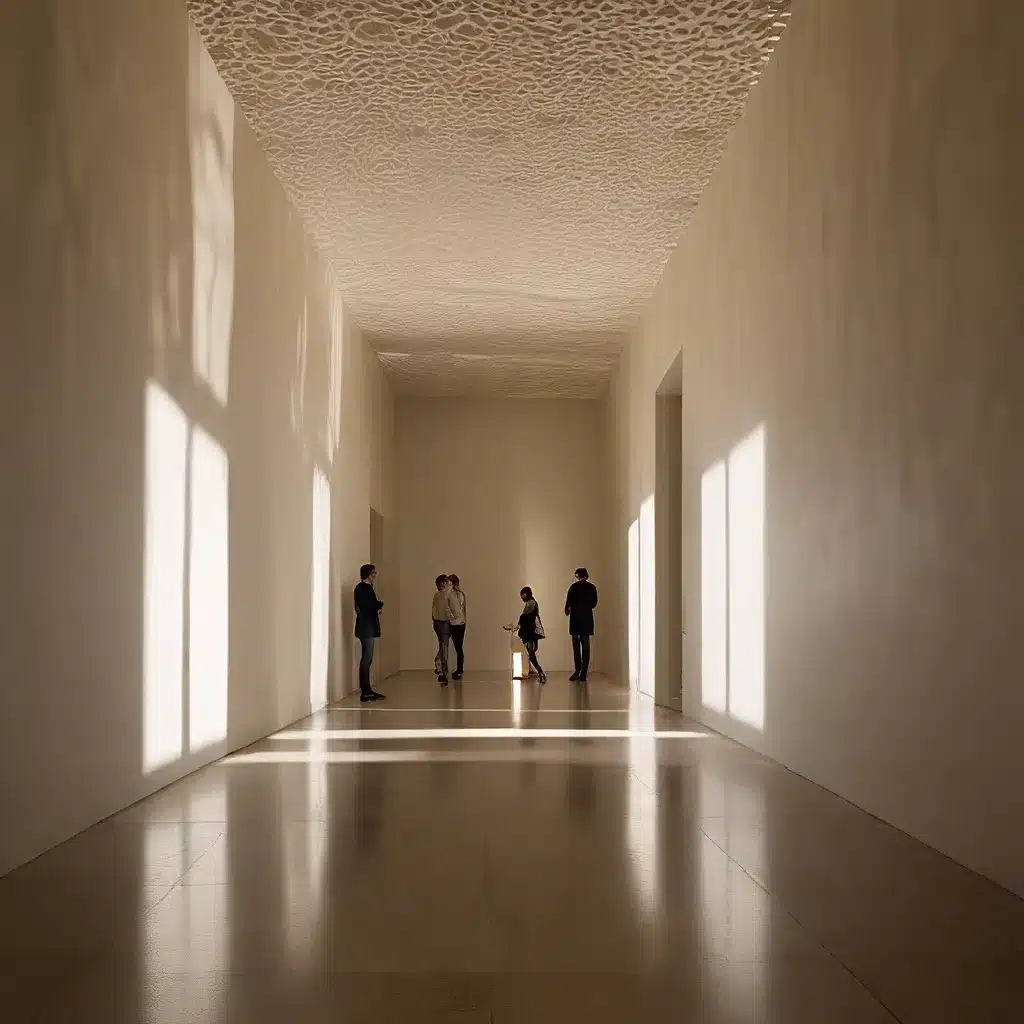
In the realm of interior design, lighting is the unsung hero that can make or break a space. It’s not just about illumination; it’s about creating atmosphere, highlighting architectural features, and shaping the very experience of a room. One of the most captivating trends in this domain is the art of architectural lighting, where shadows themselves become the canvas for breathtaking design.
Embracing the Power of Shadows
Shadows have long been considered the opposite of light, a mere afterthought in the world of design. But today, a growing number of forward-thinking designers are challenging this notion, recognizing the inherent beauty and potential of shadows. They understand that by carefully sculpting and manipulating light, they can create dynamic and visually compelling spaces that captivate the senses.
Architectural lighting experts have discovered that shadows can be as expressive and transformative as the light itself. By playing with the interplay of light and shadow, they can create depth, texture, and visual interest that elevates a space beyond the ordinary. It’s a delicate dance, where the absence of light becomes as important as its presence.
Exploring the Sculptural Qualities of Light
One of the key principles of architectural lighting is the recognition of its sculptural qualities. Just as a sculptor shapes and molds clay or marble, lighting designers thoughtfully craft the flow and patterns of light to create three-dimensional effects within a space. This can be achieved through the strategic placement of fixtures, the use of directional lighting, and the incorporation of textured surfaces that cast intricate shadow patterns.
The Chapel at Ronchamp, designed by the legendary architect Le Corbusier, is a stunning example of this approach. The building’s unique silhouette and dramatic window placements create a mesmerizing interplay of light and shadow, transforming the interior into a sacred, contemplative space. The play of light and shadow becomes an integral part of the architectural experience, evoking a sense of wonder and spiritual connection.
Personalized Lighting Experiences
Beyond the sculptural qualities of light, architectural lighting design also allows for a highly personalized experience. By carefully calibrating the intensity, direction, and color temperature of light, designers can cater to individual preferences and create bespoke environments that reflect the unique needs and aesthetics of the homeowner.
The work of lighting designer Brian Zamora exemplifies this approach. Through his meticulous attention to detail and deep understanding of human perception, Zamora is able to craft lighting solutions that seamlessly integrate with the surrounding architecture and décor, creating a harmonious and immersive atmosphere that feels tailored to the individual.
Unlocking the Potential of Architectural Lighting
As the design world continues to evolve, the art of architectural lighting is becoming increasingly recognized as a powerful tool for transforming spaces. By embracing the sculptural qualities of light and shadow, designers can create visually stunning and emotionally engaging environments that captivate the senses and elevate the overall design experience.
At Urban Grace Interiors, we understand the transformative power of architectural lighting. Our team of experienced designers work closely with clients to understand their unique preferences and design goals, then collaborate with skilled lighting specialists to craft personalized lighting solutions that enhance the overall aesthetic and ambiance of the space.
Whether you’re looking to accentuate architectural features, create a cozy and inviting atmosphere, or infuse a space with a sense of drama and wonder, the art of architectural lighting can be a game-changer. By embracing the power of shadows and the sculptural qualities of light, you can unlock a new dimension of design that will leave a lasting impression on all who experience it.

